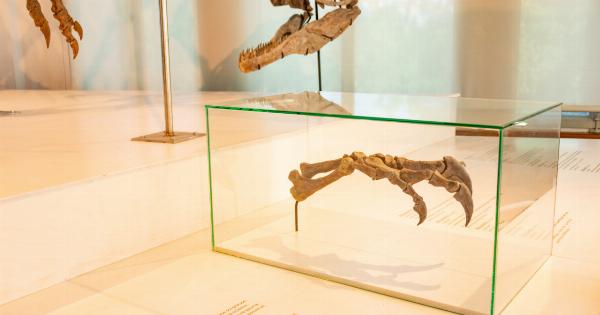Valve mounting is a crucial procedure in industries like oil and gas, chemicals, and mining. It involves the installation and maintenance of valves, which play a vital role in regulating the flow of fluids and gases in a system.
Over the years, various advancements have been made in valve mounting techniques to improve efficiency, accuracy, and safety.
Mechanical Valve Mounting
Traditionally, mechanical valve mounting was the go-to method for installing and maintaining valves. This method involved manual labor, as workers had to physically control valve positioning, alignment, and connection.
While effective, it was time-consuming and required a skilled workforce.
However, with the advent of technology, the bronchoscope approach has revolutionized valve mounting, making the process efficient, accurate, and safer.
Introduction to the Bronchoscope Approach
Inspired by medical endoscopy, the bronchoscope approach utilizes a specialized tool called the bronchoscope for valve mounting operations. A bronchoscope is a slender, flexible tube with a high-resolution camera and a light source.
Originally designed for examining the human respiratory system, the bronchoscope has found new applications in valve mounting.
Benefits of the Bronchoscope Approach
The bronchoscope approach offers several advantages over traditional mechanical valve mounting techniques:.
- Enhanced Visualization: The high-resolution camera on the bronchoscope provides clear and magnified views of valve components, ensuring precise positioning and alignment.
- Remote Operation: With the bronchoscope, valve mounting can be performed remotely, reducing the need for workers to physically access hazardous or hard-to-reach areas.
- Reduced Downtime: The efficiency of the bronchoscope approach results in reduced downtime during valve mounting, minimizing production interruptions.
- Improved Safety: Since workers can operate the bronchoscope from a safe distance, the risk of accidents and injuries is significantly reduced.
- Real-Time Monitoring: The live video feed from the bronchoscope allows for real-time monitoring of the valve mounting process, enabling immediate adjustments if needed.
- Cost-Effectiveness: While the initial investment in bronchoscope technology may be higher, the long-term benefits outweigh the costs by streamlining operations and reducing maintenance expenses.
The Bronchoscope Approach in Action
The bronchoscope approach involves a step-by-step process for valve mounting:.
Step 1: Preparing the Worksite
Prior to using the bronchoscope, the worksite needs to be prepared. This includes identifying valve specifications and requirements, ensuring a clean and well-lit environment, and securing necessary safety measures.
Step 2: Inserting the Bronchoscope
The bronchoscope is inserted into the valve assembly or pipeline through a suitable access point. The flexible nature of the bronchoscope allows it to navigate through bends and obstacles without damaging the system.
Step 3: Visual Inspection
Once inside the valve assembly, the high-resolution camera on the bronchoscope provides a clear visual inspection of the valve components.
This enables workers to identify any defects, misalignments, or damages that may hinder optimal valve performance.
Step 4: Positioning and Alignment
Based on the visual inspection, the workers can adjust the valves precisely for perfect positioning and alignment. This ensures that the valves operate smoothly and effectively in regulating fluid or gas flow.
Step 5: Connection and Testing
After positioning and alignment, the bronchoscope approach allows workers to connect the valves securely to the pipeline. Once connected, a series of tests can be performed through the bronchoscope to ensure proper functioning.
Step 6: Remote Operation
One of the key advantages of the bronchoscope approach is the ability to control valve mounting operations remotely. Workers can make adjustments or fine-tune valve performance from a safe location, avoiding potential hazards.
Future Developments and Challenges
The field of valve mounting using the bronchoscope approach is continuously evolving, and future advancements hold great promise. Some potential developments include:.
- Integration of augmented reality for enhanced visualization and guidance during valve mounting procedures.
- Artificial intelligence algorithms to automate valve positioning and alignment, optimizing the process.
- Miniaturization of bronchoscope technology for access to even smaller valve assemblies.
- Improved wireless connectivity and real-time data transmission for seamless operation and monitoring.
However, there are still challenges to overcome. The cost of bronchoscope technology and the training required to operate it remain barriers for widespread adoption.
Manufacturers and industry professionals need to collaborate to make this approach more accessible and affordable.
Conclusion
The bronchoscope approach represents a significant advancement in valve mounting techniques. With its enhanced visualization, remote operation capabilities, and improved safety, it offers numerous benefits over traditional methods.
Although there are challenges ahead, continued research and development promise a future where the bronchoscope approach becomes the norm in valve mounting operations.






























